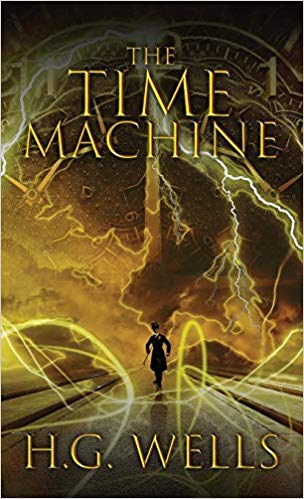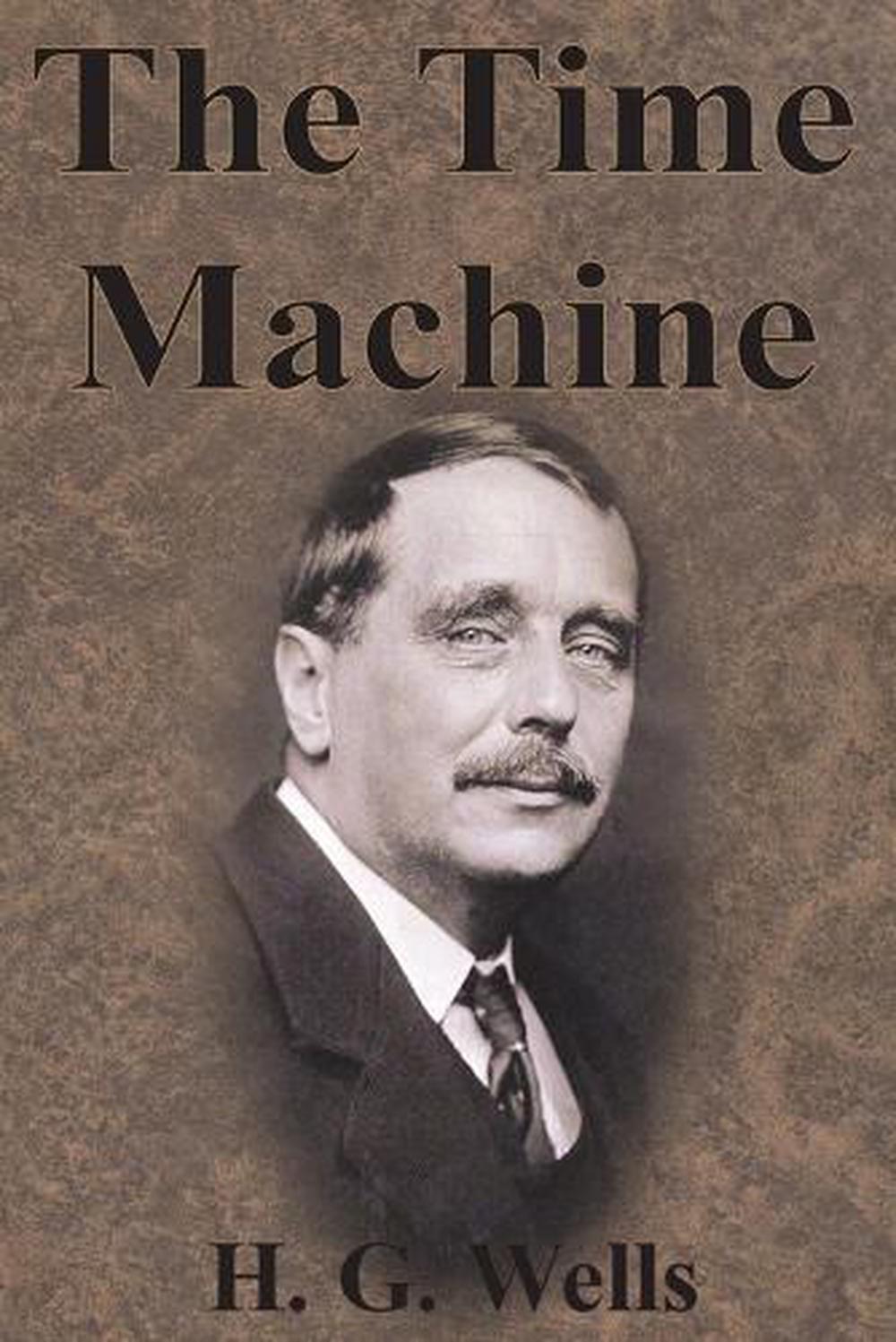


Although his second marriage was lasting and produced two sons, Wells was an unabashed advocate of free (as opposed to "indiscriminate") love. Wells created a mild scandal when he divorced his cousin to marry one of his best students, Amy Catherine Robbins. Moreau (1896), The Invisible Man (1897), and The War of the Worlds (1898). After marrying his cousin, Isabel, Wells began to supplement his teaching salary with short stories and freelance articles, then books, including The Time Machine (1895), The Island of Dr. Wells earned his bachelor of science and doctor of science degrees at the University of London. Wells earned a government scholarship in 1884, to study biology under Thomas Henry Huxley at the Normal School of Science. The headmaster of Midhurst Grammar School, where he had spent a year, arranged for him to return as an "usher," or student teacher. Young Wells received a spotty education, interrupted by several illnesses and family difficulties, and became a draper's apprentice as a teenager.

While clearly within the genre of science-fiction, the book is clearly also an exploration of the nature of humanity, its duality and its relationship with and expectations from technology.Herbert George Wells was born to a working class family in Kent, England. Deleted drafts suggested that Wells looked into history for the source of the division of humanity into two forms.

But such a race is dependent on a worker-race, the Morlocks, who both enable and prey on the Eloi. In the time-traveller’s encounters with future people Wells speculates that technology would produce a race of docile and uninvolved humans who would no longer need to struggle with their environment. It sets a pattern for science-fiction to critique extreme developments of class, seen later in works from Fritz Lang’s film Metropolis (1927) to Orwell’s 1984 (1949), though arguably Swift’s Gulliver’s Travels (1726) had established the idea with the yahoos and the houyhnhnms. Wells’ first book in the genre, The Time Machine, is a critique of utopian ideas, set in the year 802701, in which the human race is divided into two groups, the subterranean workers, the Morlocks, and the decadent Eloi. The science-fiction novels of H G Wells are undoubtedly more than fantasies located in imagined future worlds The Invisible Man (1897) is an examination of the isolation of the pioneer-scientist in an uncomprehending world, The War of the Worlds (1898) a vision of apocalypse, and The First Men in the Moon (1901) an exploration of the idea of imperialism.


 0 kommentar(er)
0 kommentar(er)
